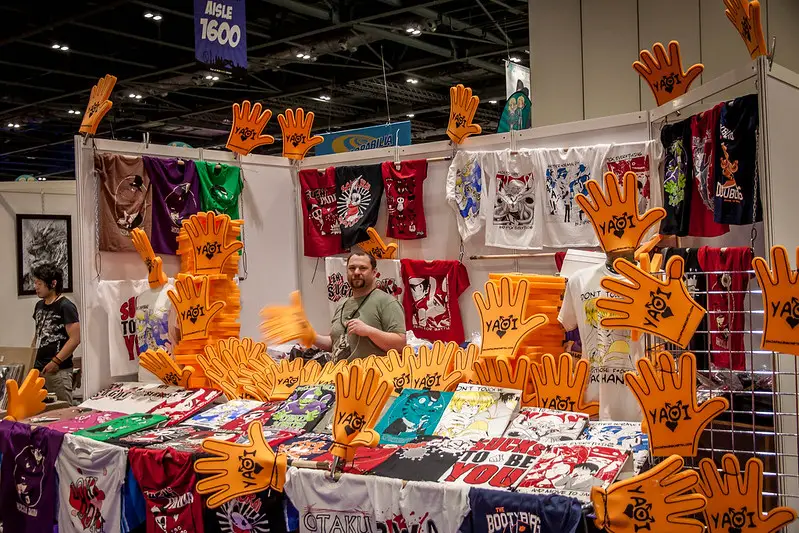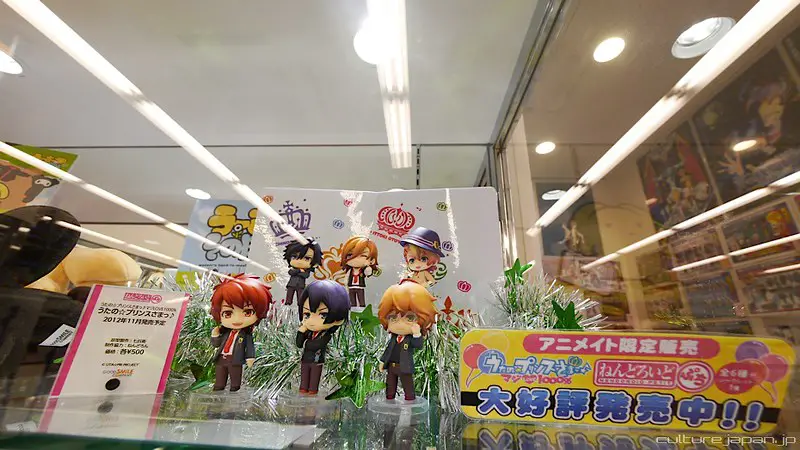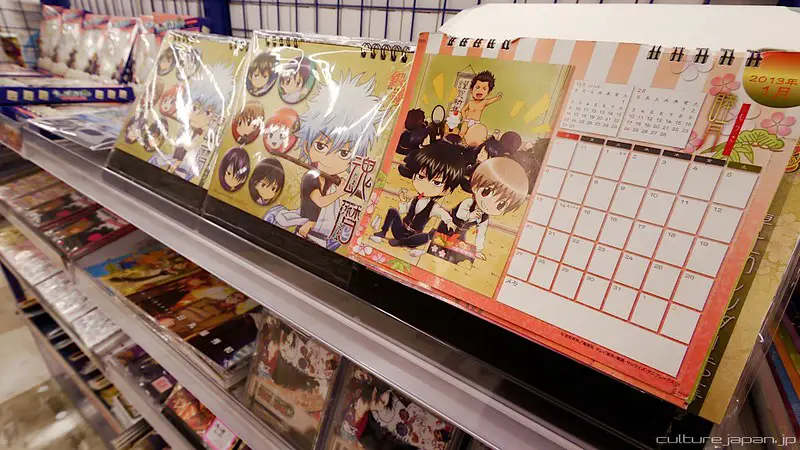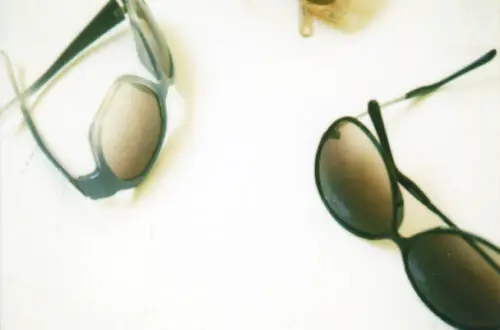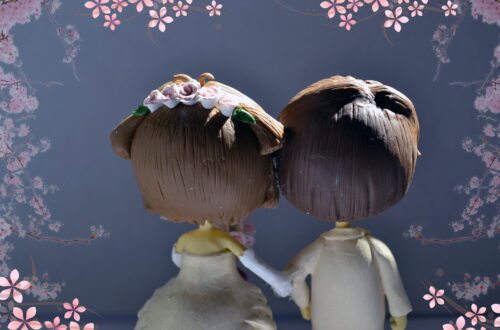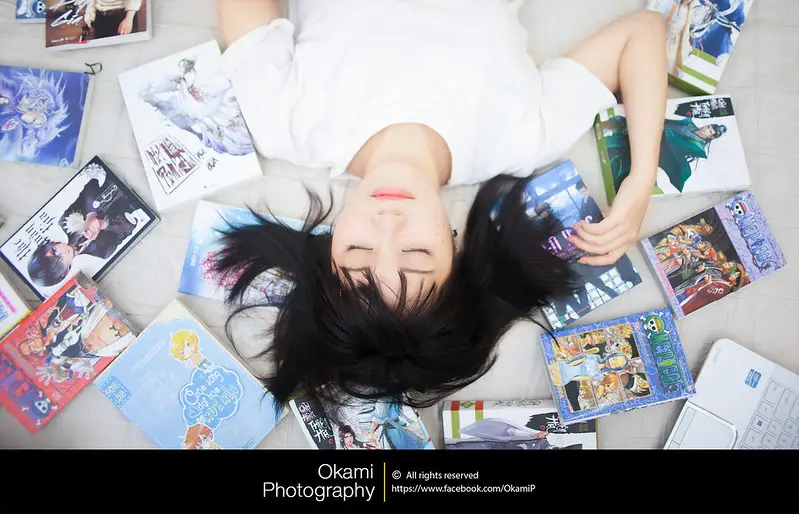
Fujoshi: All You Need to Know About Female Fans of BL
Anime and manga fans all over the world are well aware of the term ‘Fujoshi’. But if this is the first time you have come across it, fret not. We’ve got you covered.
Fujoshi is a Japanese word used for females who imagine a romantic relationship between straight male characters in pop culture fiction. In its more common usage, it can refer to female fans of Boys’ Love (BL) or yaoi genre of fiction which shows gay romance. It is a Japanese slang word.
Quick Navigation
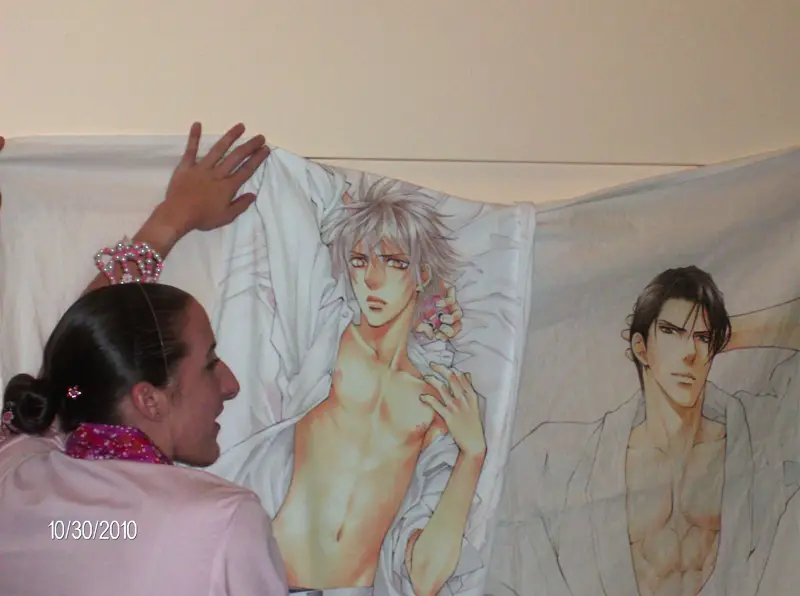
What’s the meaning of the word Fujoshi?
Fujoshi can be loosely translated as ‘rotten girl’. The word ‘rotten’ here is used in a self-deprecating manner. A fujoshi is a female fan of pop culture content including but not limited to anime, manga, video games, and novels. The word fujoshi carries a connotation as being a ‘fallen woman’.
The word ‘fujoshi’ (written as 腐女子) meaning ‘rotten girl’ is a pun on the same sounding word ‘fujoshi’ (written as 婦女子) that refers to a married woman. The sound ‘fu’ in the first word written as 腐 means ‘spoiled’ or ‘rotten’. The ‘fu’ in the second word (婦) means respectable. Due to the double meaning of the word, it gets a tinge of self-deprecating humor to it. So it can mean that a respectable woman can have the ‘rotten girl’ side to her, too.
It is because of the real meaning of the word that it is a derogatory term in Japan. However, most female fans who identify themselves as fujoshi don’t view this term as derogatory. They openly or secretly take pride in being a fujoshi. But it can be used in a self-mocking way.

Most fujoshi women are straight. Some are gay or bisexual. According to research by Hiromi Tanaka in April 2018, most fujoshi are young women. Some could even be in their early teens. Many fujoshi remain so even when they grow older. However, some give up being a fujoshi after a certain age.
The origin and history of Fujoshi
It is believed that the term fujoshi was first used on online boards in 2000. It was used as a derogatory term. Fujoshi was used for girls who read romantic subtexts between male characters in pop culture media. It was first used as a form of insult.
Inside the Otaku subculture, it was common knowledge that girls enjoyed storylines that have possible male-male interactions. Soon, these girls started using this term for themselves, too. However, it remained a term that was used only in online forums until 2005.
The word ‘fujoshi’ first appeared in the Japanese magazine Aera in 2005. It was used to refer to female Otaku fans. The term became more popular in 2006 when several other magazines used it.
Modern use of the word Fujoshi
Fujoshi is now a widely used term in Japan. It is no longer just limited to online forums. But, it can have different meanings for different people. While many fujoshi openly accept their interest, there are some that hide it. Those who openly accept, proudly do so by even posting it on their social media accounts.
Outside the fujoshi community, most people look down upon at fujoshi. This can be linked with the criticism around fujoshi.
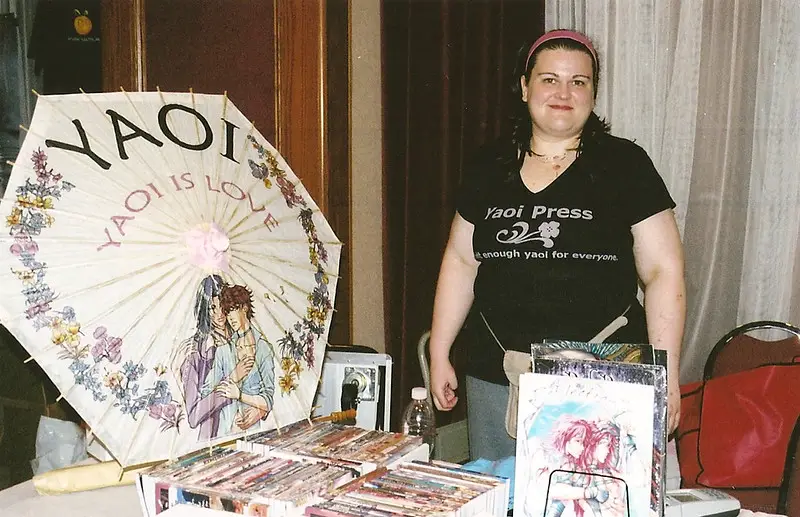
Outside Japan, the term is viewed with mixed feelings. Some female fans readily accept the term for themselves. However, some others disagree with it. This is mostly because the origin of the word was insulting. Also, the connotation of the word being ‘rotten’ or ‘fallen’ bothers many women.
What kind of material is enjoyed by Fujoshi?
Fujoshi can enjoy any or all of the below content.
Shounen-ai
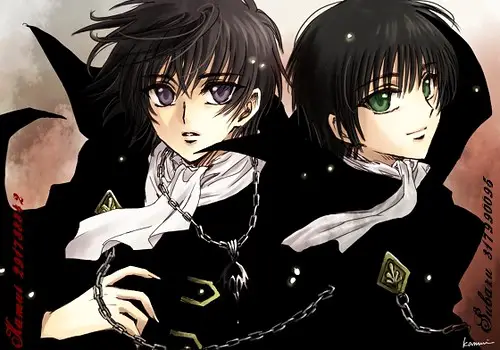
Shounen-ai is a genre of fiction that has a beautiful young boy as the protagonist. The story revolves around his struggle with love. However, it is not explicitly stated whether this love is same-sex or heterosexual. It also focuses on the aspect of romance rather than sex.
In western countries, this genre is commonly understood as fiction without any erotic scenes between the men in it. But the fujoshi can have such fantasies about the protagonist and other important male characters.
Boys’ Love (BL)

This fiction genre was first popularized in Japan in the nineties. male/male fictional romance was quite a hit during those times. It was scattered under different terms including ‘shoujo manga’ and slash fiction with men. But the blanket term for them was Boys’ Love or BL. Image was a magazine that first used the term Boys’ Love and it caught up with the fans.
Boys’ Love remains an umbrella term for most male/male romance content. Especially, in the past decade, BL has been a commonly used term for this kind of genre. However, it should be noted that BL is a more commonly used term in Japan for male/male romance. In the west, it can have pedophilic undertones.
Yaoi
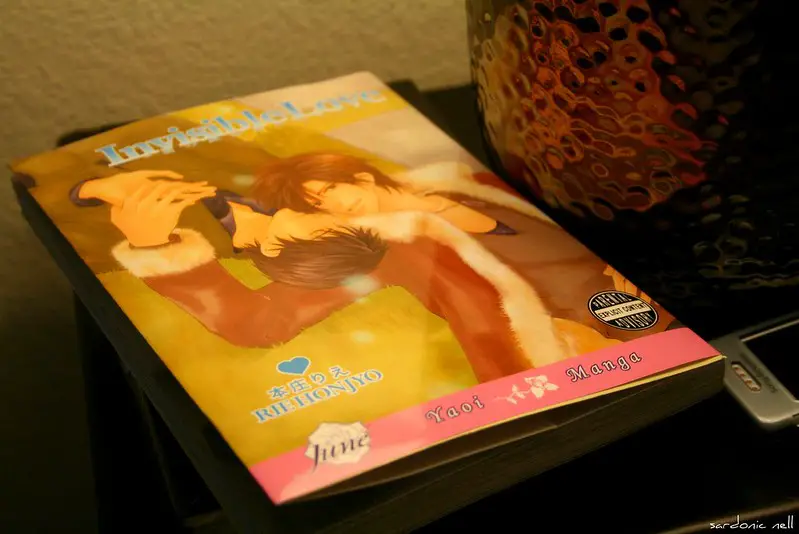
It is actually an abbreviation for Yama nashi, Ochi nashi, Imi nashi (no climax, no anti-climax, no meaning). It basically means a story without any real plot. So the yaoi genre will have a weak plot that just gets two men together in an erotic situation. It contains explicit scenes between gay men. This content is made with female fans as the target audience.
Bara or Men’s Love

Bara is a gay men’s romance genre. It is also an erotic genre that has explicit scenes between the men involved. Bara is usually created by gay men for other gay men. However, fujoshi also enjoy this genre. This genre is also known as Men’s Love or ML.
Slash Fiction
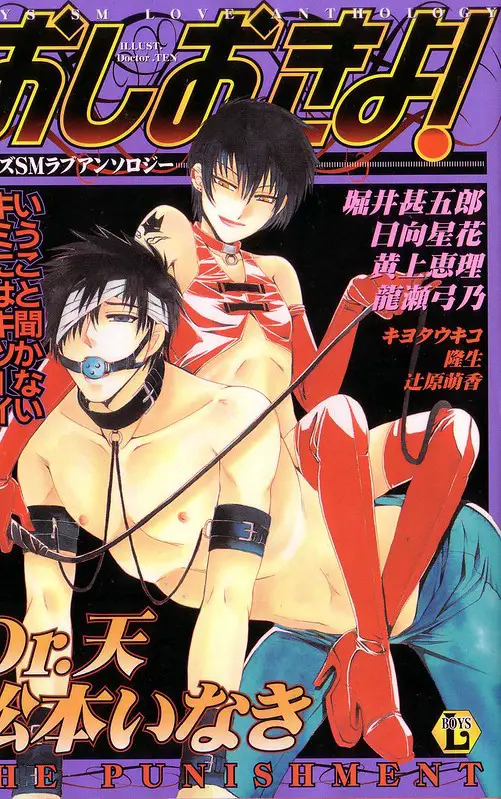
Slash fiction is a genre of same-sex romance. It has gay men in a romantic relationship. When slash has female protagonists, it is sometimes also called femmeslash. Slash fiction with gay men romance is enjoyed by fujoshi.
Indirect content/Fantasy
Many times, fujoshi also indulge in gay romance fantasies. So, two male characters in a popular video game, novels, manga, etc. can be imagined to have a romantic relationship. These male characters could be heterosexual. This kind of imagination generally finds its way in art. So fujoshi, or amateur artists catering to fujoshi, might create art in the form is drawings or fanwork that show romance between two straight male characters.
Real-life Fantasy
The fujoshi might sometimes engage in fantasizing real, straight men to be in a gay relationship. These real men could be famous people such as movie stars or men whom the fujoshi otherwise know.
Why do fujoshi like gay romance?
It might be puzzling for people to understand why there are so many straight female fans of the gay romance genre. But, what are the reasons for these women to be interested in male/male romance or erotica?
Blogger Kirsty Kawano, who has lived in Japan for many years, says that the fujoshi find an escape through the BL genre. Some of the reasons in detail are given below.
The pleasure of indulging in something that’s forbidden.
There is the obvious thrill of reading or watching content that is considered forbidden. A lot of yaoi content has themes of rape or abuse in addition to sexually explicit scenes. A voyeuristic view of these themes is something that fujoshi find interesting.
There are no female protagonists to make them jealous.
The male protagonists in BL or yaoi content are shown as very good looking. However, there is no female lead whom they find attractive. So, in the minds of the fujoshi, there isn’t an ‘other woman’ who would ‘steal’ these men.
They find it empowering to see men in submissive roles.

In male/male romance, one partner is often shown as submissive while the other is dominant. Watching a man in a submissive role, being subject to abuse or rape, gives the fujoshi a sense of empowerment. It gives them the pleasure to see a man being tortured and abused.
They can enjoy the erotica and distance themselves from it at the same time.
Since the sexual acts shown are between men, fujoshi can find it easier to distance themselves from the act itself. So, at some level, they can enjoy these acts without shame because what they are seeing is very different from their own bodies. They can take their attention away from and avoid female sexuality. Also, they can dissociate themselves from the sexual act because what they see does not involve a woman.
They have the guilty pleasure of gazing at a male body.
In a world where most females go through the problematic male gaze, fujoshi can enjoy gazing at the male body. It makes them feel more in power. Also, since most of the erotic material available is made for men, fujoshi find it liberating to create and enjoy the content that caters to the female gaze.
They enjoy it for the humor associated with it.
Some of the content created for the fujoshi audience can have humorous themes. Also, it is possible that fans perceive some aspects of gay relationships as amusing or funny. Even pairing up unusual male characters and imagining a gay relationship between them can be humorous for the fans.
The criticism around Fujoshi
The Fujoshi culture has faced a lot of criticism both within and outside Japan. Japan is a country with strong patriarchal and family values. Hence, there is a belief that the young population should be kept away from explicit material. Also, there is the problem of adult content through comics being freely available to minors.
After the yaoi or BL fiction began to be translated into English in the 21st century, the criticism spread to the rest of the world, too. One of the reasons for the criticism is obviously the fact of enjoying the content that goes against what society mandates. But there are other reasons too.

The underlying themes of rape and abuse in BL fiction are disturbing. Also, the depiction of gay romance is hardly liberating. If anything, it is mostly homophobic. Some critics are of the opinion that most fujoshi are homophobic, too. Or at least that the way they view same-sex relationships is skewed. Gay rights activists have often labeled fujoshi as forces that disempower gay men.
How do the fujoshi view this criticism?
In response, the fujoshi, especially in the West, argue that they are in fact supporting the gay community by reading BL content. Another argument is that fujoshi enjoy the content that is meant for just entertainment. Thus, their interest must be kept away from too much scrutiny.
However, the point remains that even the fujoshi believe at some level that their thoughts are ‘rotten’. There is a kind of a shame that they associate with being fujoshi. This is the reason most fujoshi will not openly declare their interests. They would rather like to interact with other fujoshi from behind a veil of anonymity.
Fujoshi and its connection with Otaku
It is believed that the term was first used in online Otaku forums. It was used to self-mock for the rotten thoughts or preferences for gay romance. However, it is highly debatable whether the fujoshi are a part of the Otaku subculture in Japan.
The Otaku are obsessive fans of a certain subject. However, you don’t need to have an obsessive interest in the Boys’ Love genre to be called as fujoshi. Fujoshi can have a casual interest in the subject of gay romance. This is why Otaku often look at the term with distaste and don’t consider them as a part of their own group.
Are Fujoshi feminists?
There is a line of thought that fujoshi are feminists. They consume content that goes against patriarchal values. This gives them a sense of being feminists. Also, the content that is created for fujoshi is almost always by other women. Thus, women are at the center of driving the fujoshi culture. They are both the creators as well as consumers.
Out of the otaku population, female otaku have the most spending power, which is one of the reasons why you see an increase of boy love publications and anime featuring good looking guys.
Danny Choo on CNN GeekOut
However, experts believe that fujoshi might not necessarily be feminists. If they think that their choices are feminist, this thinking is skewed.
What is Fudanshi?

Male fans of Boys’ Love or yaoi genre are referred to as fudanshi. It means ‘rotten boy’. This term came after ‘fujoshi’. Fudanshi was used to refer to those males who took an interest in content created for fujoshi.
There is even more stigma attached to the word ‘fudanshi’ than ‘fujoshi’. This could be because men associate more shame with accepting that they are interested in gay themes. They are afraid of being judged for their choices. Fudanshi can be gay, straight, or bisexual.
It is believed that the fudanshi find an escape through the Boys Love or yaoi genre. These genres show male characters that are not always strong or masculine. Thus, it allows them to indulge in a fantasy world where men need not always be manly.
There’s Fujoshi merch, too!
There are many shops in Japan and outside that sell fujoshi goodies. You can find fujoshi merch on e-commerce sites such as Amazon, too.
Akihabara in Tokyo, which is frequented by Otaku fans has many shops that deal with Fujashi merchandise. While there are many shops, Animate in Ikebukuro, Tokyo is a well-known store to pick up some cool stuff. From comic books and anime CDs, and artwork to collectible figures, you can find everything!
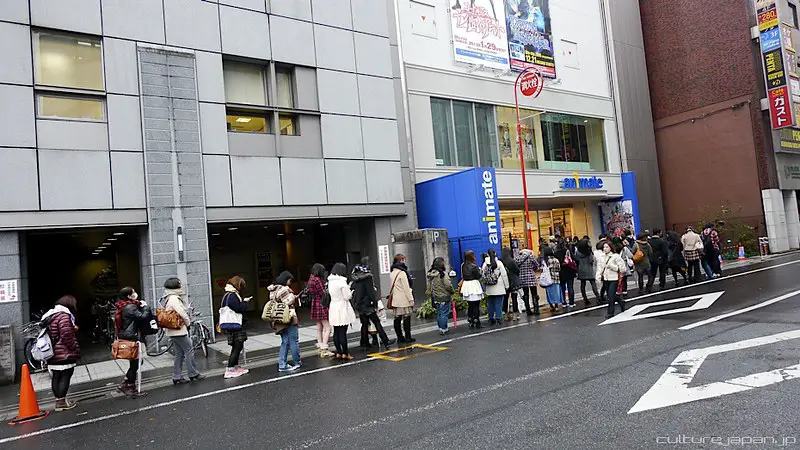
Some interesting facts about Fujoshi
Before we jump to the facts about Fujoshi, here’s an interesting video that shows the stages of becoming a Fujoshi/Fudanshi.
The core concept of fujoshi content probably goes back to the 11th century!
Tale of Genji was a novel written in 11th century Japan. This was the first time ‘bishounen’ was discussed in a story. Bishounen means ‘beautiful boys’. This was probably the first time that androgynous, good looking young boys were portrayed in fiction.
There are Yaoi Cafes in Japan
These theme cafes are a must-visit for Fujoshi when in Japan. These cafes have young boys who take orders for food. They also enact your favorite Boys’ Love scenes right there in front of you! Here’s a video from such a theme cafe.
There were 90% women attendees in the first Comiket
Comiket or Comic Market is a fair held in Tokyo for selling self-published fan work, twice a year. The first Comiket was held in 1975. Out of the 700 people who attended, an overwhelming majority of 90% were women. In poll results, it showed that most of these women were quite interested in the BL genre. A definite sign that these were early fujoshi!


